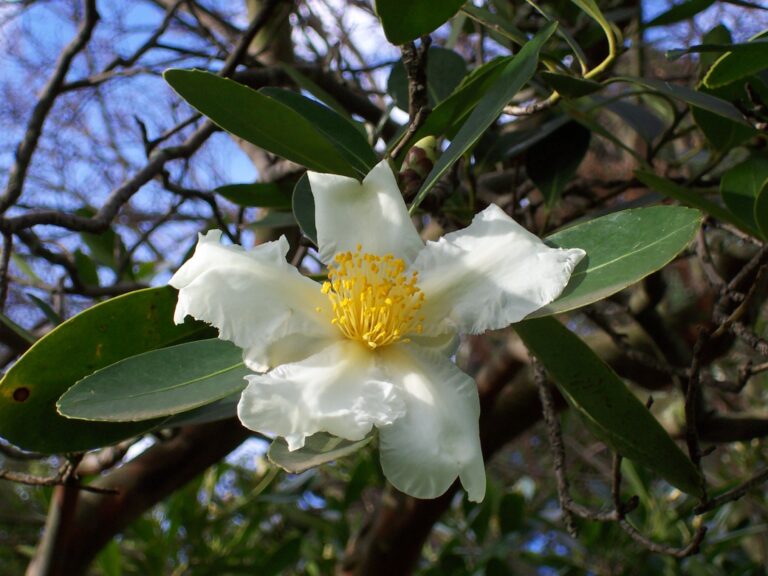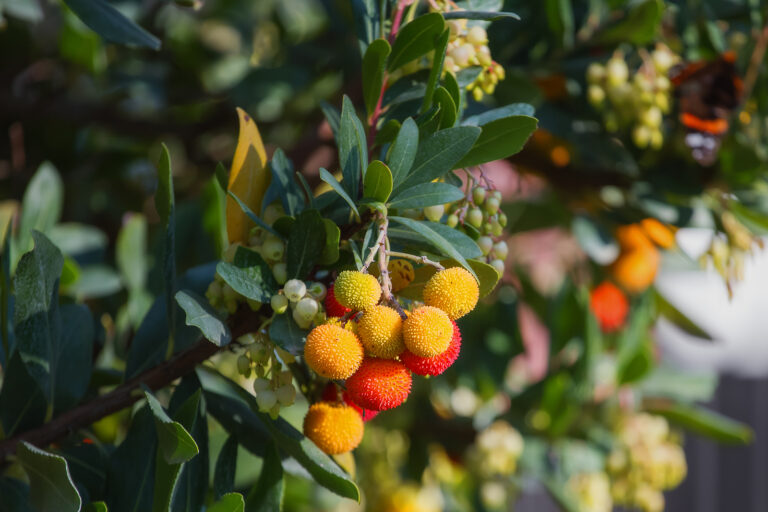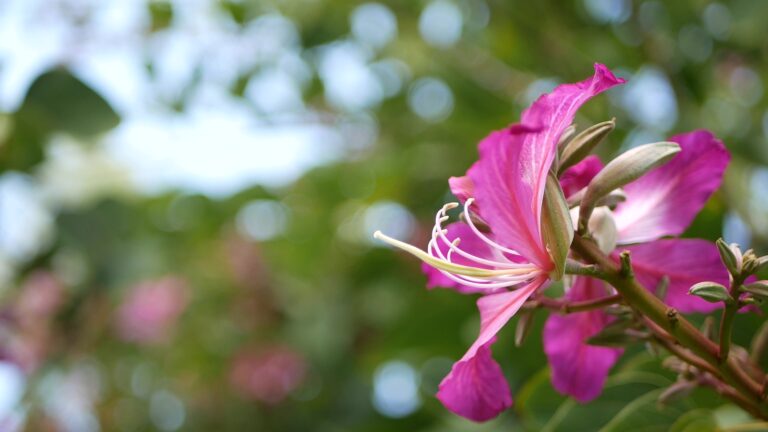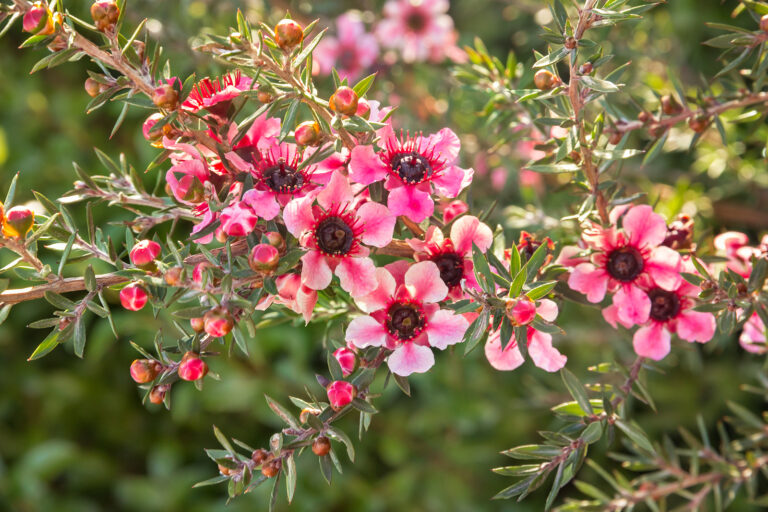How to Grow Zelkova
Zelkova is a deciduous tree grown for its handsome spreading shape and autumn color. Zelkova belongs to the same botanical family as the elm tree and is used as a substitute for the disease-plagued American elm.
Zelkova is a good shade tree; it grows at a moderate to fast rate and eventually reaches 60 feet tall or more. The ovate leaves are toothed and dark green; the leaves change color to yellow, then orange-brown or red in autumn.
Zelkova can be used as a specimen or street tree. It is a good choice for large gardens and parklands.
Zelkova is a genus of about six deciduous trees. They are native to woodlands in Sicily, Crete, Turkey, Iran, and East Asia.
Get to know Zelkova
- Plant type: Deciduous tree
- Growing zones and range: Zones 3 or 4 to 9
- Hardiness: Hardy to Zone 4
- Height and width: To 100 feet (30m) tall and 60 feet (18m) wide
- Growth rate: Moderate to fast
- Form and habit: Silhouette ranging from urn-shaped to quite spreading
- Foliage: Slender branches, may have single trunk or multitrunks; smooth gray bark; on old trees, bark often flakes off to reveal orange patches; alternate leaves are 2-2.5 inches (5.1-6.4cm) long, 1.5 inch (3.8cm) wide; similar to those of elm but rougher in texture, with sawtooth margins and rough surfaces; fall foliage color varies from dark green to yellow to dark red to dull reddish brown
- Flowers: Insignificant green flowers, 2-5 inches (5.1-12.7cm) long on lower branches, male or hermaphrodite, borne singly or in small clusters
- Fruits: Small spherical green fruits
- Bloom time: April, with the leaves
- Uses: Shade, fall color, handsome shape, street tree, specimen, screens, open park land, larger gardens
- Common name: Sawleaf Zelkova
- Botanical name: Zelkova
- Family name: Ulmaceae
- Origin: Sicily, Crete, Northeast Turkey, the Caucasus, North Iran, and East Asia
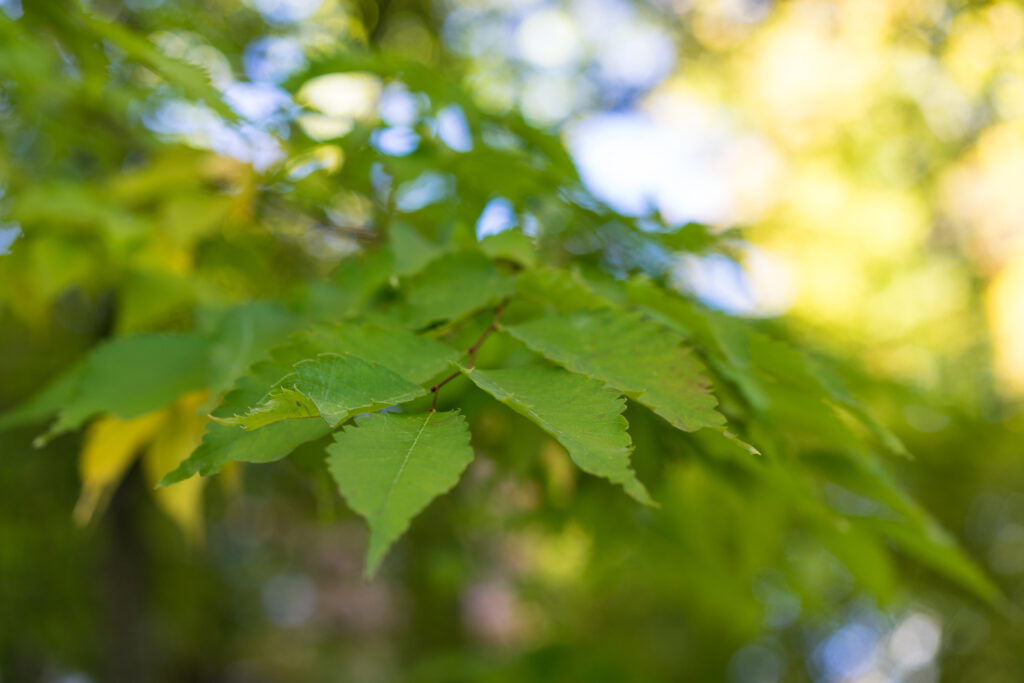
Where to plant Zelkova
- Plant Zelkova in full sun or light shade.
- Zelkova do well in a wide range of soils but do best in deep, fertile, humus-rich, moist, well-drained soil.
- Zelkova tolerate drought, air pollution, and urban conditions.
- Protection from winter winds and cold is recommended until the plant is well established.
When to plant Zelkova
- Transplant Zelkova easily in early spring and in the fall before Indian summer.
- Sow seed in containers outdoors in autumn.
Planting and spacing Zelkova
- Plant Zelkova 60 feet (18m) apart.
How to water and feed Zelkova
- Water Zelkova deeply to encourage deep rooting; established trees are fairly drought tolerant.
- Feed Zelkova with an all-purpose organic fertilizer in spring.
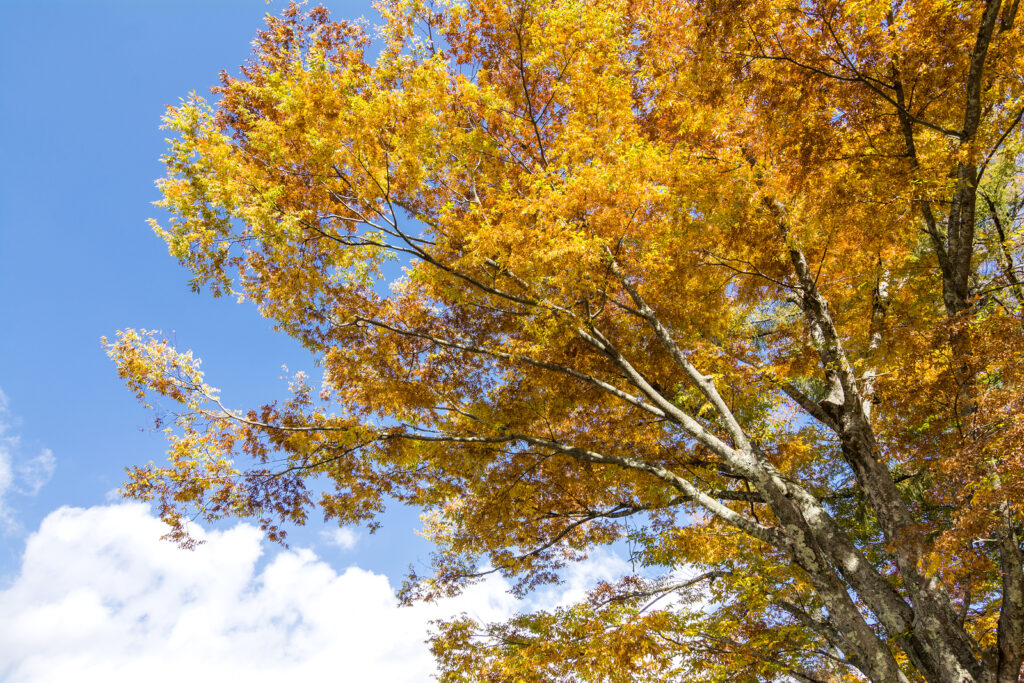
How to care for Zelkova
- Train Zelkova when young to develop a strong central ladder and evenly spaced branches.
- Prune young Zelkova trees in the fall; older trees seldom require pruning except to shape the trees by thinning crowded branches in late summer.
- Remove rooted suckers in winter.
Zelkova pests and diseases
- Zelkova are susceptible to Dutch elm disease, but the infection is rarely fatal; bacterial canker can also be a problem.
- Zelkova may be susceptible to attacks by Japanese beetles and elm leaf beetles if local elms have died; horse-chestnut scale can also occur.
- Protect the trunk from injury, as wounds can invite canker.
- Young Zelkova are subject to frost injury.
Zelkova propagation
- Take greenwood cuttings in summer (preferably from young plants).
- Graft in winter.
Zelkova varieties to grow
- Zelkova serrata, Japanese zelkova, the species is rounded or broadly spreading and matures to 100 feet (30m) tall and 60 feet (18m) wide. Some cultivars are tall and vase shaped with ascending branches, making them good replacements for American elm. The 2-inch (5cm) long, narrow, pointed leaves resemble elm leaves and are oval or oblong, with toothed margins and equal bases. They open pale green and turn russet-orange or purplish red in midfall. The bark exfoliates into a mottled orange-and-gray patchwork. Use as a street tree or to shade a lawn, garden, or patio. From Japan and Korea. Zones 6 to 9.




